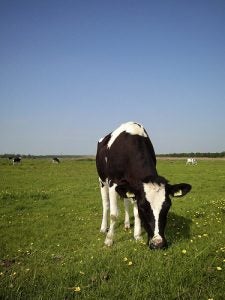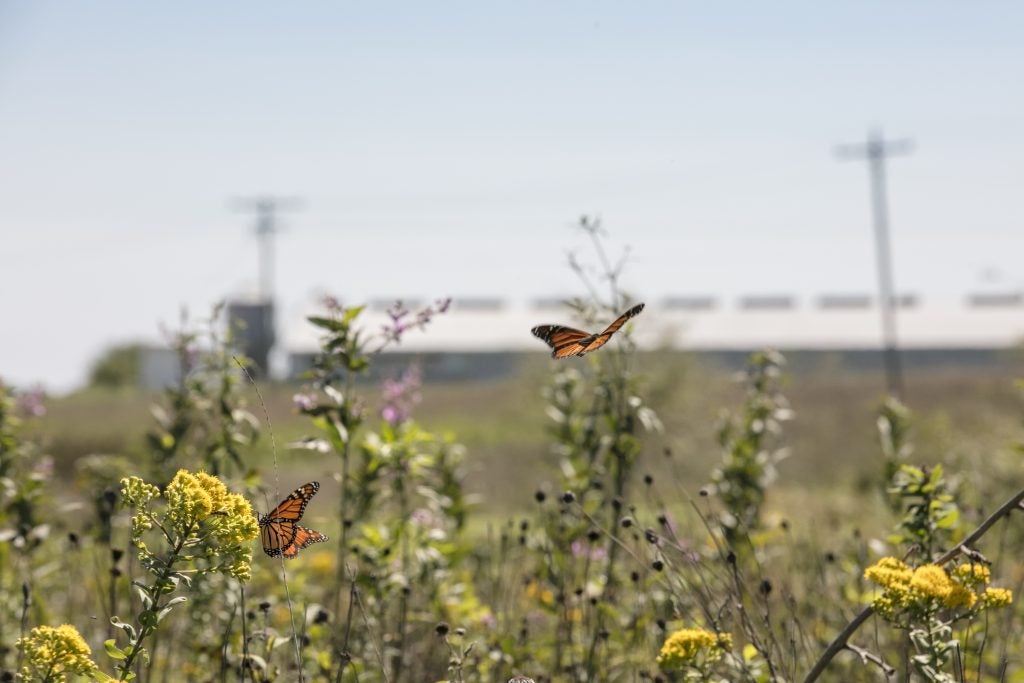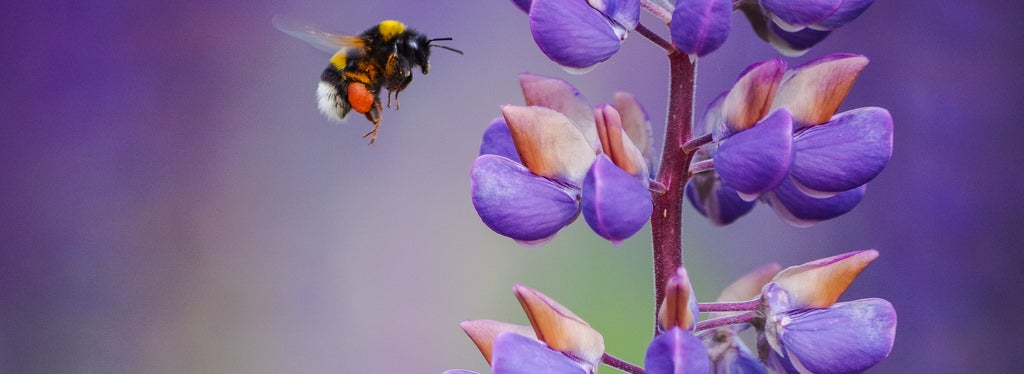
Although milkweed contains toxins, it rarely poses any significant threat to people or animals. Grazing livestock generally avoid milkweeds when sufficient forage is available. (Photo credit: E. Dronkert)
A recent article called milkweed a “yield-robbing weed” for farmers.
Milkweed has a reputation for encroaching on cropland where it can compete with crops for soil and light. The plant can also create a nuisance on ranchlands, as cattle can be poisoned when poor foraging conditions lead hungry cows to milkweed-concentrated areas as a last resort.
This is why milkweed is difficult to find on most farms and ranches today. Along with climate change, it’s also a key reason why the beloved monarch butterfly population has declined by more than 90 percent in the last two decades.
The importance of milkweed
Milkweed is essential for monarchs, since butterflies need the plant to lay their eggs, and caterpillars exclusively feed on the milky sap-filled plant. It’s what makes monarchs poisonous to predators.
Increased herbicide application across the agricultural landscape, as well as mowing in roadside ditches and marginal areas, is eradicating milkweed from rural areas in the Corn Belt and other key regions of the monarch’s migration route.
In order to turn things around for the monarch, we need to change the incentive for landowners from spraying and mowing to protecting and restoring this vital habitat. Read More »














